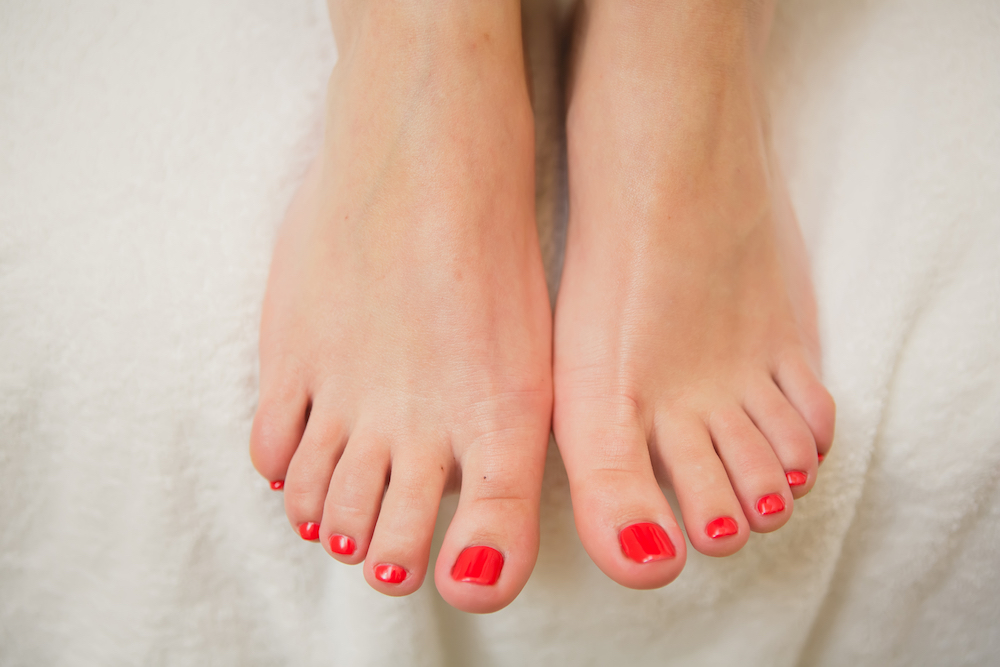
Have you felt pain or discomfort when wearing shoes? Do you see something unusual when you look at your feet?
You could potentially have something called a bunion or even a hammertoe.
Hammertoes are a very common foot problem. We turned to Eric Tan, MD, an orthopedic surgeon at Keck Medicine of USC and associate professor of clinical orthopedic surgery at the Keck School of Medicine of USC, for more information about this foot condition and the available treatment options.
What is a hammertoe?
A hammertoe is when one or more of your toes elevate.
What causes a hammertoe?
A hammertoe can occur for various reasons. The toe may be injured in a trauma and become hyperextended. This may lead to damage of the tissues at the bottom of the toe, called the plantar plate. This results in a toe that sticks up. Alternatively, hammertoes can be the result of aging. As one ages, the tissues at the bottom of the toe can thin out and lead to the toe elevating.
Does a bunion lead to a hammertoe?
Yes and no. It depends on the severity of the bunion. As a bunion progresses and crosses toward the other toes, this results in a mechanical force that pushes the toes up. This can lead to pain not only on the bump from the bunion but also on the elevated toe, which may be rubbing on the top of the shoe.
What happens when you have a hammertoe?
Over time, your tissue starts to wear down, and the toes kick up. For a period of time, they are flexible enough, so you can manually straighten them and pull them down. This can be done with tape or a small toe splint. As time progresses, they will become more fixed and rigid. In these cases, patients may complain of pain at the bottom of the foot as well as at the part of the toe that may be rubbing on the top of the shoe, which may result in an infection or ulcer.
How do you know if you have a hammertoe?
If you have a hammertoe, the toe sticks up. When you put on your shoes, your toes are constantly rubbing on the upper piece of your shoe. This causes pain. You may also start to feel pain underneath the toe that is sticking up. In most cases, people with these symptoms do not feel pain but more discomfort and inconvenience.
Does a hammertoe cause a bump?
A hammertoe typically results in the knuckle of the toe being prominent. When this happens they end up touching and rubbing up against the top of the shoe. This can cause discomfort and skin irritation.
What kinds of resolutions are there?
Some people do not experience pain, so they live with the condition. Others monitor and make adjustments to their lifestyle. In a few situations foot surgery is an option.
Is there ever an urgent situation wherein foot surgery is necessary?
If the skin gets infected, then surgery is necessary. You do not want the infection to spread to the bloodstream.
How do I prevent a hammertoe?
Make sure you keep your toes flexible. Keep them moving. You can do this by avoiding shoes that constrict your feet. If you suspect that you have a hammertoe, visit a foot specialist. This will allow you to get a thorough examination of your condition and the available treatment options.
Topics
